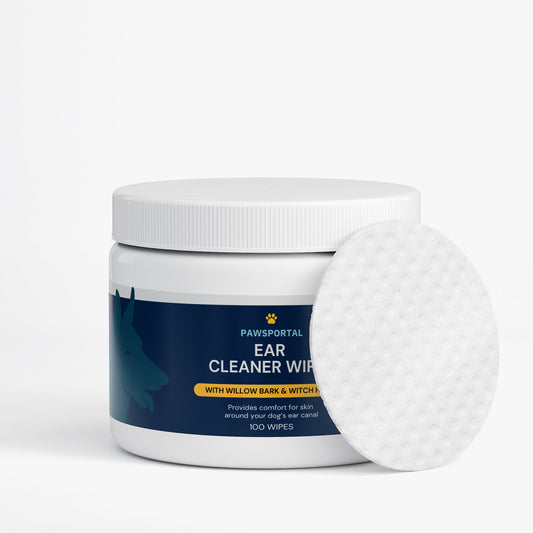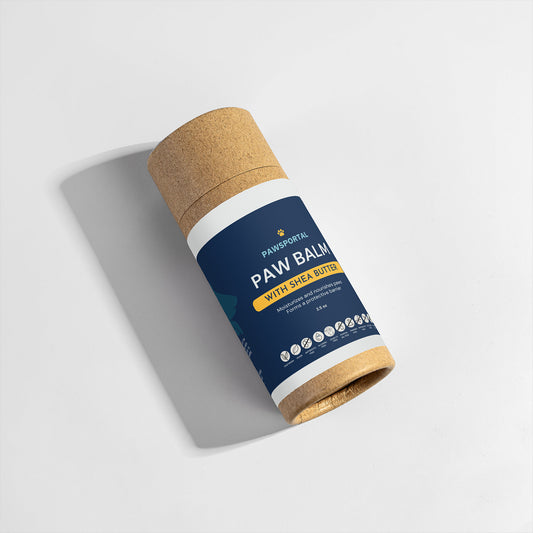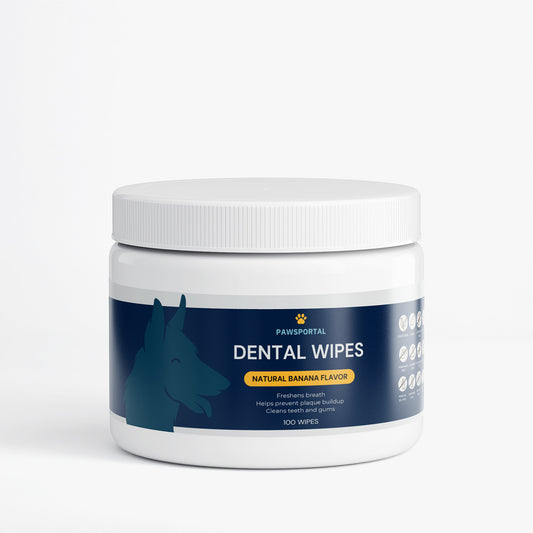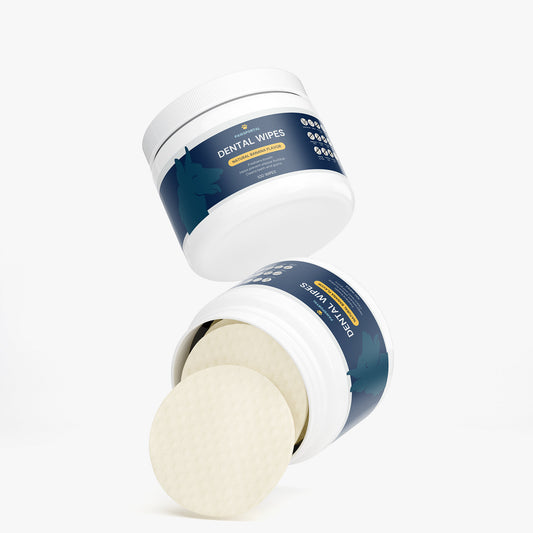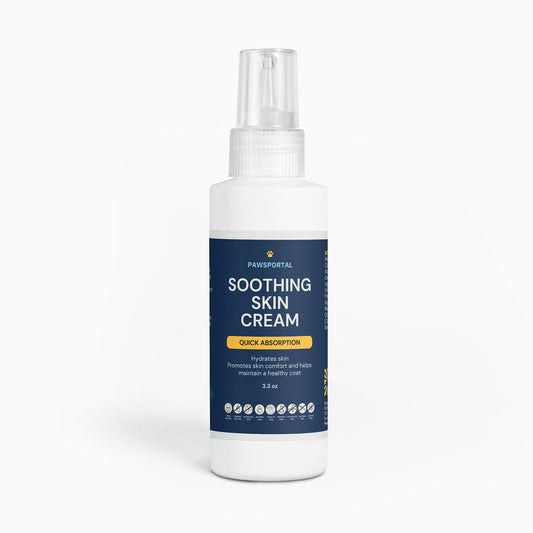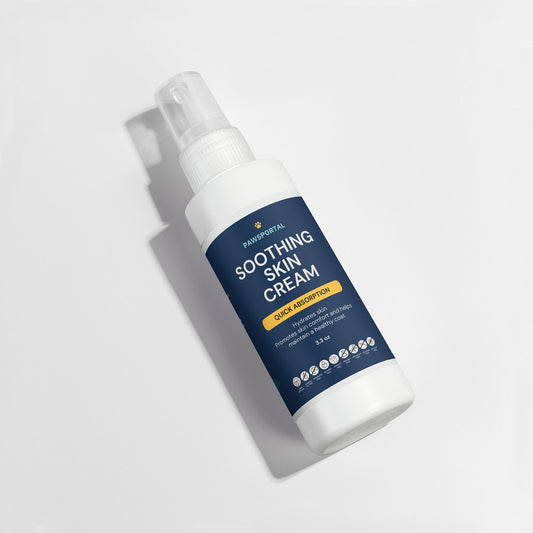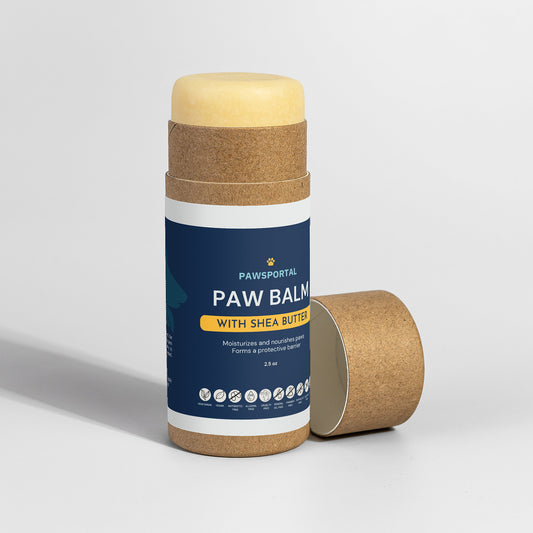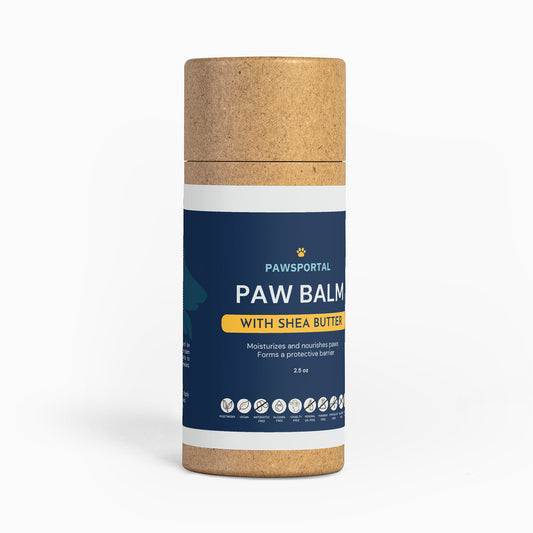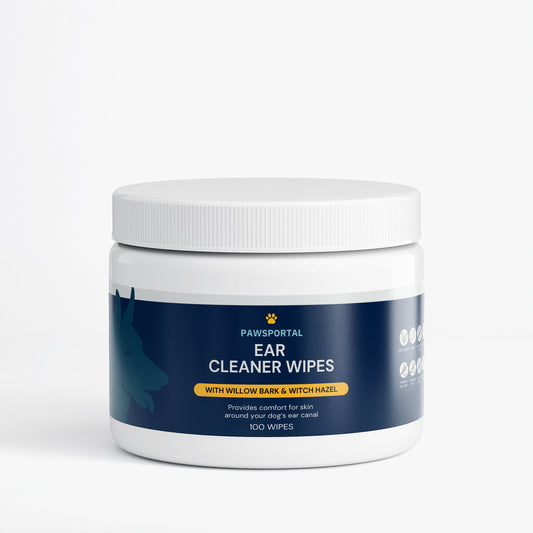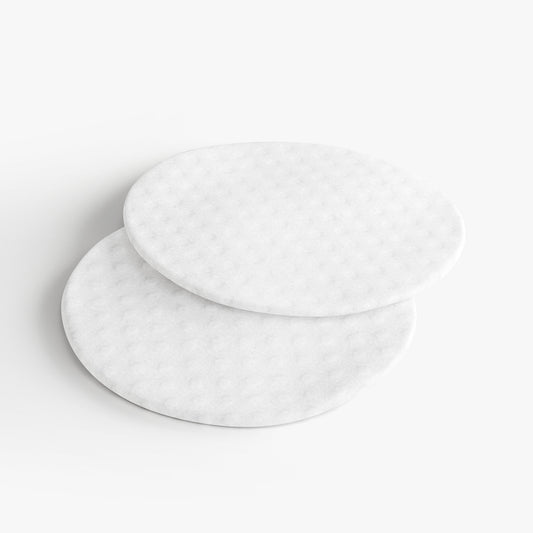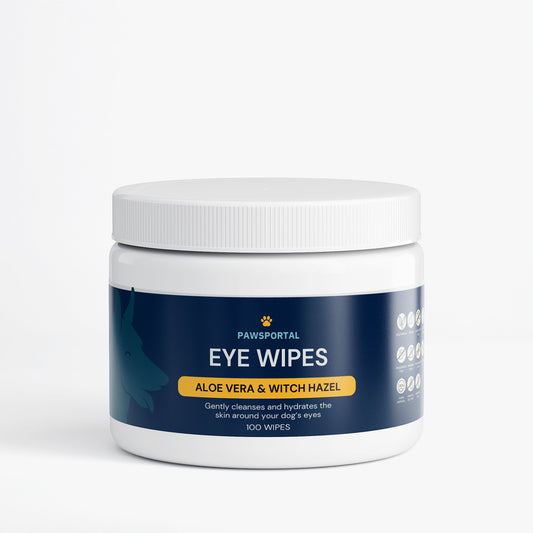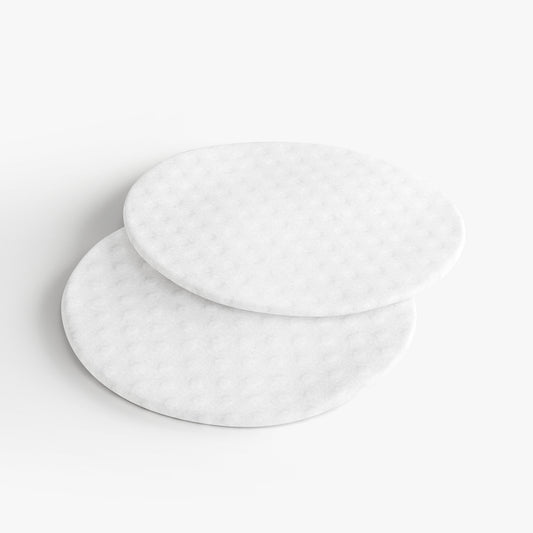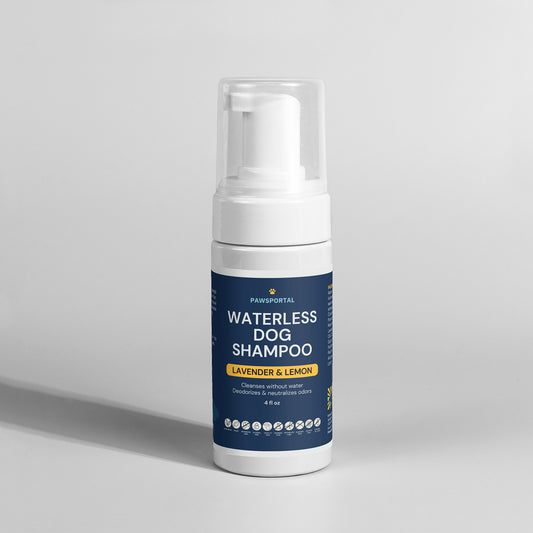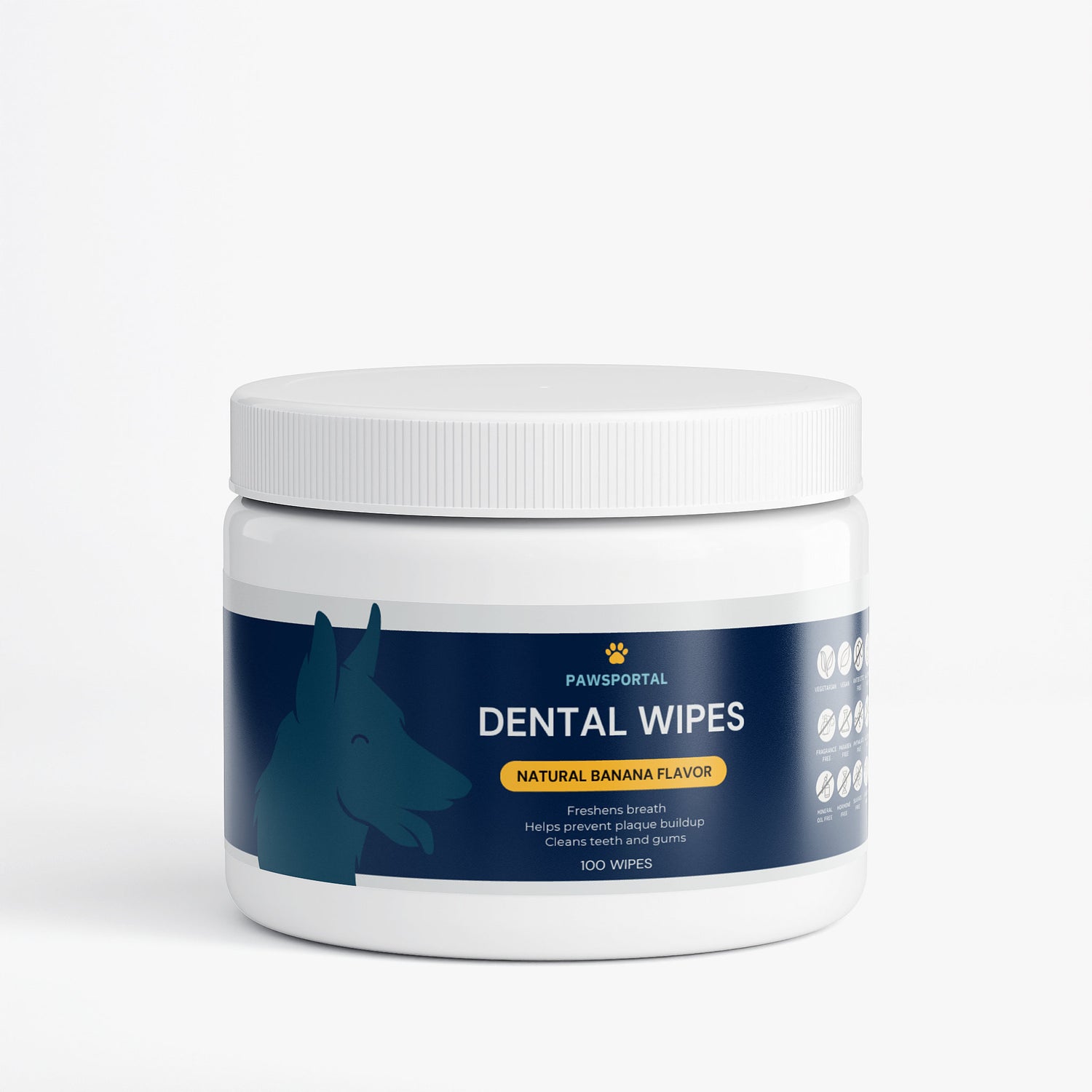
Flea & Tick Prevention for Dogs: A Modern Dog Mom’s Guide to Safe, Effective Solutions
Share
Looking for natural, vet-approved strategies to protect your pup from fleas and ticks—without compromising their health or your peace of mind? With parasite season lasting longer than ever (thanks to climate change), it’s crucial to choose prevention methods that align with your values: science-backed, convenient, and gentle. This guide breaks down the best flea and tick preventatives, from conventional medications to DIY natural repellents, so you can make informed decisions for your little pupperdog.
______________________________________________________________________________________________

Why Flea & Tick Prevention Matters
Fleas and ticks aren’t just annoying—they’re dangerous. These parasites transmit diseases like Lyme disease, anaplasmosis, and tapeworms, which can harm both dogs and humans. Prevention is far easier (and cheaper) than treating infestations or infections.
Key Risks:
- Fleas: Cause allergic dermatitis, anemia, and tapeworms.
- Ticks: Spread Lyme disease, Rocky Mountain spotted fever, and ehrlichiosis.
- Zoonotic Threats: 50% of tick-borne diseases can infect humans.
______________________________________________________________________________________________
Conventional Flea & Tick Prevention: What Works
1. Oral Medications
- Isoxazoline-based chewables (NexGard, Bravecto, Simparica):
How They Work: Kill fleas and ticks within hours of biting.
Efficacy: 99% effective against ticks for 1–3 months.
Safety Note: Rare neurological side effects (seizures) reported in predisposed breeds.
2. Topical Treatments
- Fipronil (Frontline Plus):
Pros: Kills fleas for 30 days, safe for puppies ≥8 weeks.
Cons: Doesn’t repel ticks—they must bite to die.
- Permethrin-based products (K9 Advantix II):
Pros: Repels and kills ticks on contact.
Cons: Toxic to cats—avoid multi-pet households.
3. Collars
- Seresto:
How It Works: Releases flumethrin and imidacloprid over 8 months.
Efficacy: Repels and kills ticks before they bite.
Safety: Low-risk for most dogs, but 2% report skin irritation.
______________________________________________________________________________________________

Natural Tick Prevention: DIY Solutions & Essential Oils
For dog moms prioritizing chemical-free options, these remedies can complement (but not replace) conventional preventatives.
1. Essential Oil Sprays
- Lavender & Apple Cider Vinegar Spray:
Recipe: Mix 1 cup apple cider vinegar + 10 drops lavender oil. Spray on fur (avoid eyes).
Efficacy: Repels ticks for 2–4 hours; reapply frequently.
- Turmeric & Witch Hazel Spray:
Recipe: 2.5 ml turmeric oil + 125 ml witch hazel + 1 tsp coconut oil. Shake and spray.
Science: Turmeric’s curcumin repels ticks and reduces inflammation.
2. Herbal Yard Treatments
- Plant Tick-Repelling Herbs: Rosemary, lavender, and lemongrass deter ticks naturally.
- Diatomaceous Earth: Sprinkle food-grade DE in yards to dehydrate fleas/ticks.
3. Dietary Additions
- Garlic (in moderation): Small amounts may repel ticks (consult your vet first).
- Brewer’s Yeast: Rich in B vitamins, which some claim deter fleas (evidence is anecdotal).
______________________________________________________________________________________________
Comparing Conventional vs. Natural Methods
|
Method |
Pros |
Cons |
Best For |
|
Oral Medications |
Fast-acting, long-lasting |
Potential side effects |
High-risk areas (woods, farms) |
|
Seresto Collar |
8-month protection, no bites |
Skin irritation in some dogs |
Busy dog moms |
|
Essential Oils |
Chemical-free, soothing scent |
Short-lived, frequent reapplication |
Low-risk areas or supplemental use |
It’s important to note that you can always do a blended approach that lowers risks for your dog. There are many ways to help your dog’s body detoxify after receiving important medication. Check out our article on Detoxification for Dogs: Science-Backed Strategies to Support Liver, Kidney, and Overall Health.
______________________________________________________________________________________________
When to Choose Natural Over Conventional
Natural methods work best for:
- Puppies under 8 weeks (too young for most medications).
- Dogs with seizures or sensitivities to isoxazolines.
- Supplemental use in low-risk environments (urban areas).
Always consult your vet before switching methods, especially if your dog has health conditions.
______________________________________________________________________________________________
Homemade Tick Repellent Recipes
Lemon Eucalyptus Spray
- Ingredients: 1 cup distilled water + 10 drops lemon eucalyptus oil + 1 tbsp almond oil.
- Application: Spray on collar and legs before hikes.
Neem Oil Balm
- Ingredients: 2 tbsp coconut oil + 1 tsp neem oil.
- Use: Rub on paws and ears—neem disrupts tick life cycles.
______________________________________________________________________________________________

5 Signs You Need a Vet
- Tick embedded for >24 hours (higher disease risk).
- Flea dirt in fur (black specks that turn red when wet).
- Lethargy or lameness post-tick bite (possible Lyme disease).
- Allergic reactions (swelling, hives) to repellents.
- Persistent scratching/red skin (secondary infection).
When in doubt? Go to your vet!
______________________________________________________________________________________________
Why We Love Integrative Prevention
You’re not choosing between “natural” and “conventional”—you’re blending the best of both:
- Science-Backed Confidence: Oral meds for high-risk adventures.
- Holistic Harmony: Essential oils for daily neighborhood walks.
- Proactive Partnership: Regular vet check-ins to adjust plans.
______________________________________________________________________________________________
Final Thoughts
Flea and tick prevention isn’t one-size-fits-all. Whether you opt for Bravecto’s long-lasting protection, a Seresto collar, or a DIY lavender spray, the goal is the same: keeping your pup safe without compromising their well-being. Pair these strategies with regular grooming, yard maintenance, and vet consults for a defense plan that’s as unique as your dog.
______________________________________________________________________________________________
Fetch Some Deeper Reading
- https://www.vet.cornell.edu/departments-centers-and-institutes/riney-canine-health-center/canine-health-information/flea-and-tick-prevention
- https://www.petmd.com/dog/general-health/flea-and-tick-prevention-and-treatment-dogs
- https://www.akc.org/expert-advice/health/flea-and-tick-prevention-tips/
- https://www.goodrx.com/pet-health/dog/best-tick-medication
- https://ontariodogtrainer.com/2024/04/26/diy-flea-and-tick-prevention/
- https://mosquitojoe.com/blog/how-to-repel-ticks-on-dogs-naturally/
- https://www.homesalive.ca/dog/health-care/flea-tick-remedies.html

